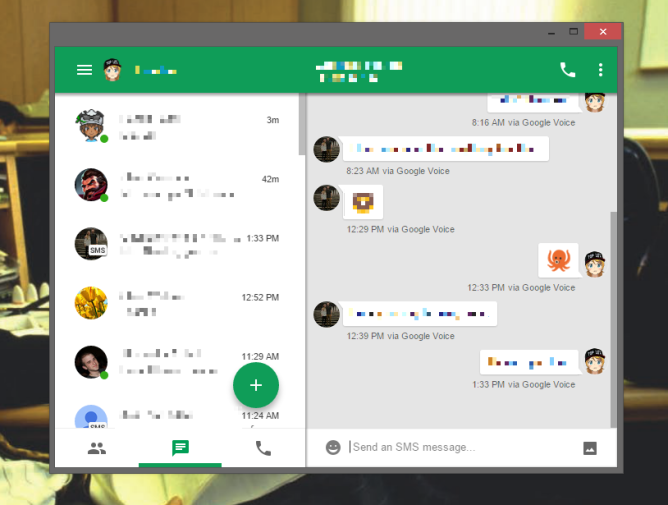
Confirming long running rumors, Microsoft announced today its plans to bring its Cortana virtual assistant to devices running Android and iOS.
Think of Cortana as the Microsoft equivalent of Google Now. The app is currently only available on Windows Phone devices and Windows 10 preview PCs, but Microsoft acknowledged that, in order to make it truly competitive, Cortana needs to work on the two mobile platforms that people actually use in significant numbers, Android and iOS.
CORTANA FOR ANDROID WILL DO “MOST OF THE THINGS CORTANA DOES ON YOUR PC OR ON A WINDOWS PHONE.”
Because Cortana for Android will be just another app, it will lack features that require deep system integration, like access to toggling settings. But Microsoft insists in a blog post that Cortana for Android will be able to do “most of the things Cortana does on your PC or on a Windows phone.” That includes, for instance, reminders based on location, updates from websites you visited, and updates based on flight status or parcel tracking emails. In short, Cortana’s functionality will be familiar to any Google Now user, though Google’s implementation has a clear lead in terms of depth and breadth of features. Cortana for Android will not be accessible through a voice command, due to the aforementioned lack of a system access. That means you won’t get to wake up your device by uttering “Hey, Cortana” which sounds a little cooler than “Ok, Google.”
The first version of Cortana for Android will be hitting Android in late June.
While there’s no mention of it in Microsoft’s announcement, Cortana will be probably one of the apps that are pre-installed on future devices running Cyanogen OS, thanks to the partnership between Microsoft and Steve Kondik’s company. Because Cyanogen has prided itself on providing developers deeper access to Android compared to what Google’s Android allows, Cortana for Cyanogen will probably have more features than Cortana for Android, including hotword recognition.
This is the latest move in Microsoft’s strategy of embracing competing platforms and making its products and services widely accessible, regardless of who makes the platform. What do you think of this move? Is Google Now all you need or is Microsoft welcome to try to shake things up?
Source: AndroidAuthority

























